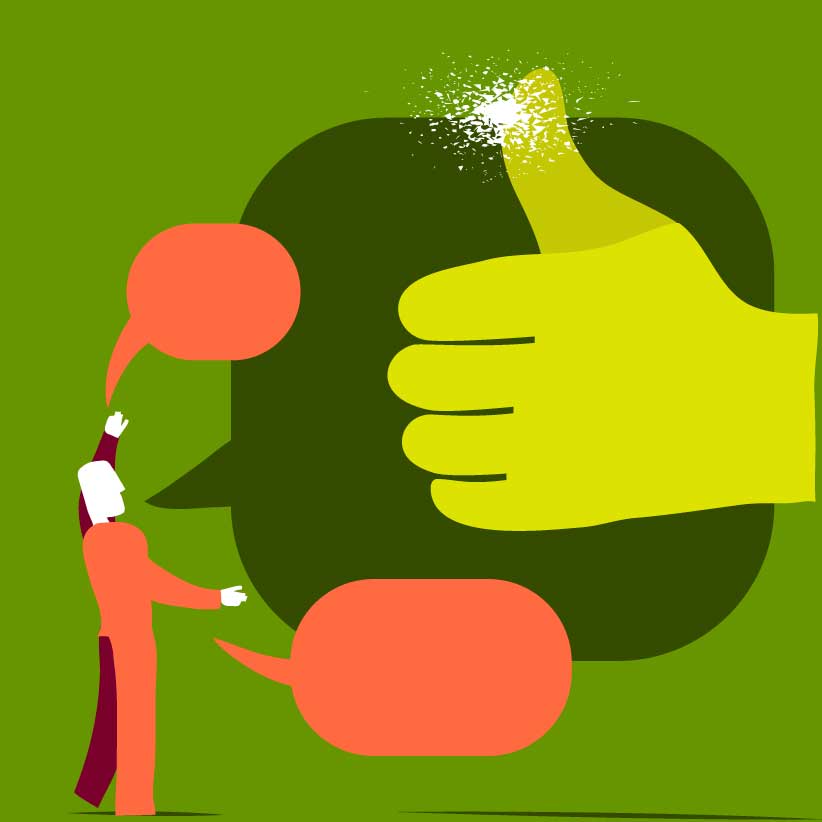Zero Waste Packaging: Possible or Not?
Although to eradicate packaging waste may sound impossible to achieve, sustainability is a path to take and make improvements over time to reduce environmental impact.
Aporte Destacado
- Comments:
- 5
- Votes:
- 5
- ES
«Society grows great when old men plant trees whose shade they know they shall never sit in.»
In nature nothing disappears literally, everything is transformed instead. Water evaporates and becomes clouds to fall back into water. In this sense, we should take packaging waste as material to be transformed into something else. It may sound like utopian but many brands are taking over «their» waste to create new packaging or other objects. And this really works.
It is not easy to have an own recycling network, but there is still something to do about it. Even when it is not possible to change packaging materials for another more sustainable, there are organizations such as Terracyle1 which aim to eradicate the concept of waste. They receive waste to transform it into products. Such initiatives can make really substantial contributions to the packaging industry if companies that manufacture packaging or packaged products promote and support this sustainable proposal.
Encourage and educate consumers
All efforts made to reduce the environmental impact of packaging or «green» practices are powerful statements to communicate in structural and graphic design. Consumer perception for environment care will generate greater appreciation towards the brand. Even the packaging can be used to communicate tips on how to recycle or reuse the packaging, how to separate, what their components are or how much they contribute to improve sustainability and raise public awareness at the same time.
The initiative «bring your own packaging» (BYOP) is a growing trend. This approach goes back to the fresh food markets where people would bring their own bags to carry products. There are many breweries that sell bulk beer and containers to be refilled so customers pay for the packaging just once.

Through the digital printing technology, reusable containers could also be personalized by consumers. People could choose from a diverse variety of shapes or can create a custom design to get a bespoke structural design.
New materials or new ways to use them?
Compostable materials that can be planted in the land were launched lately. They are made from paper and paperboard from recycled fibres containing seeds. Plants and vegetables can grow from these packages if they are planted and watered. Another idea is to use the package as a container to add soil and growing plants or even edible mushrooms. Thus the second use of the package gives life to a new way of relating to it.

However everything is not new in terms of materials, innovation can simply be based on a simple shift of standard materials. La Ibense launched a series of premium ice cream in conventional glass jars but uncommon for this kind of product.

Myths and Realities
In terms of sustainability, materials such as glass, plastic, paper or aluminium cannot be labelled as good or bad. Each has its pros and cons, depending on the product application and objectives of the package. If the container fails in its main functions of product protection and to attract consumers to buy it, all the energy consumed in the manufacture of the product and package provide more waste than the mere package. In addition, we should take into account the commitment of governments and companies to provide an efficient recycling network and also consumer education to really make a profound change in the culture of responsible consumption.

«One of the things you have to remember about sustainability is that it will take it forever.»
Towards a cleaner future
Developments of edible coatings based on sugar or wax that promise to preserve products without additional packaging to protect were announced recently.3 On the other hand, there are materials that melt at contact with the water, as long as they ensure not pollute water, could be a variant to avoid accumulating packaging in landfills.
The concern for the care of the planet requires us to use creativity and resources towards ecology. If we put together ideas and efforts in the same direction we can surely achieve a cleaner future. One of the definitions of «design» I like most is that it is an activity that allows us to transform reality into another more preferable. This is the mission we have ahead.
Impulsa tu carrera
No te quedes solo con la lectura. Descubre nuestros programas de actualización y especialización para llevar tu perfil profesional al siguiente nivel.
Ver Oferta AcadémicaComparte
Por favor, valora el trabajo editorial utilizando estos enlaces en lugar de reproducir este contenido en otro sitio.

- Visit terracycle.com
- Visit beunpackaged.com
- Visit tomorrowmachine.se
Topics covered in this article
What do you think?
Your perspective is valuable. Share your opinion with the community in the discussion.
Comment now!


